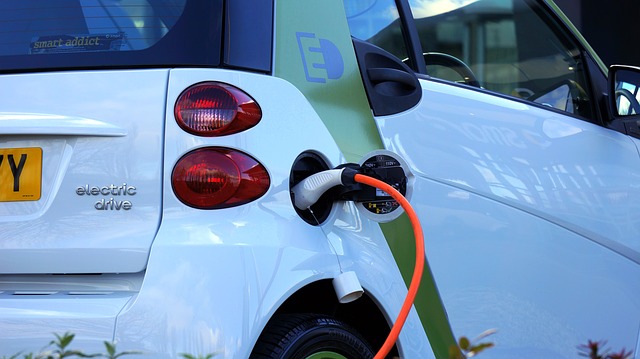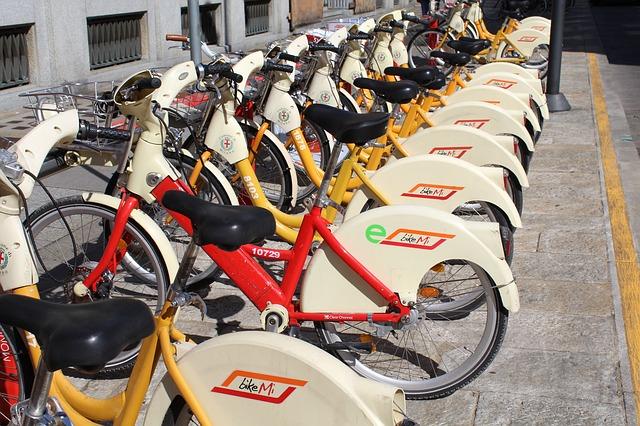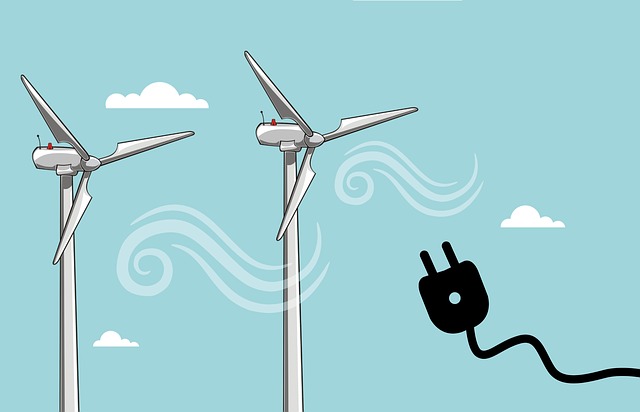Carbon Projects
Here we have a look at small practical projects and step individuals can do to reduce their carbon footprint.
WHAT IS MY CARBON FOOTPRINT?
Before we can really know what we might be able to do to reduce our carbon footprint, it is important to gauge our current lifestyle. There are various websites out there that can help us with this.
We used www.carbonfootprint.com to give us an idea of where we stand. The results for our household of three were:
House 6.80 tonnes of CO2e
Flights 4.51 tonnes of CO2e
Car 4.91 tonnes of CO2e
Motorbike 0.00 tonnes of CO2e
Bus & Rail 0.07 tonnes of CO2e
Secondary 16.32 tonnes of CO2e
Total = 32.61 tonnes of CO2e

This is an average of 10.87 tonnes per person - just above the UK average. Clearly, the largest contributions are from "Secondary" sources (essentially the production of the goods and services we use). After that, we are quite a high mileage family and the car makes up over 20% of our carbon footprint.
So, we need to look at projects we can carry out to reduce this, but without ruining our standard of living.
SECONDARY SOURCES
The biggest part of our footprint is from "Secondary" sources. This calculation was made based on the cost of all the products we bought, so it doesn't take into account factors such as local sourcing etc. (Because locally sourced products tend to be slightly more expensive, ironically, carbonfootprint.com assumes the user's higher spending is all on products from further afield and thusraises their footprint estimate accordingly!) However, it does show that to live more sustainably one of our key aims will be to source alternative, lower carbon, goods and services.
Link to low carbon products to follow, we don't want to be seen promoting individual products or companies, so are being careful as we develop this.
TRANSPORT
CAR
Our next biggest contributor is transport. From a personal perspective we currently aren't in a position to purchase a new car, but when we are, the ideal would be to go electric (although this isn't necessarily carbon free) or at least get the most fuel efficient car possible. To an extent we've tried to do this with our current two cars; both have reported mpg of above 55 - however, we'd love to do more.

From a practical point of view (school run and work) currently we can't live without our cars - although we fully accept that public transport is much more carbon friendly. We do try to walk when we can (within reason) and catch the train when travelling to London etc, but (as we're sure many people have) a lot of time we are doing journeys which would take 3-4 times as long by public transport and it simply isn't practical.
We have spent a good deal of time looking at electric cars and once they are affordable for us (with a real world range in excess of 100 miles) then they will make sense. (Unfortuately our day time jobs don't allow us to live near our place of work, as the pay isn't high enough to afford a house very near London).
The factors we will need to bear in mind are charging times at home (and the approx. £1000 needed to buy a suitable charging system), what the source of this power is (home solar panels would be great), coping with range anxiety, checking out the availability of charging points on long journeys and charging times.
With the governments current deadline of 2040 for the phasing out of new petrol cars, this is something we will all do eventually and hopefully the above issues will all be resolved for this to be practical for everyone a lot earlier than this. Our current goal is an electric car in 2022, providing our budget will allow this.
Flights
As a family, we like to travel. We spend a very high proportion of our disposable money on this (we're quite happy with missing out on other luxuries, like iPhones, expensive meals out, alcohol, but we do like to splash on visiting places and exploring.
This often involves flights, but this is not (currently) a low carbon way to travel. We have investigated carbon offsetting schemes, but are not yet convinced they are transparent enough for our liking on how the money is spent. We do fly economy (financially this is a necessity) and choose the lower (but still not great!) carriers (see https://www.bbc.co.uk/news/science-environment-47460958).
We really hope that battery technology improves soon and electric air travel becomes a reality.
Public Transport
There are two equally valid points to be made here
1 - public transport is less polluting than private cars because on average many more passengers are on a single (if larger) vehicle.
2 - It takes much longer and is less comfortable in many (most) cases - and often more expensive too.
Sorting out these issues has been a concern for political leaders for generations and shows no signs of being resolved. As such, it would be crass for use to suggest we know the answer - other than to say that making all forms of transport as low emission as possible is clearly going to help things.
There is an interesting argument that says that getting your shopping delivered to your home is far more energy efficient that going yourself (at least by car). The thinking is that a delivery route will stop at many houses, so it is like public transport for your food and good - instead of many return car journeys being made.
In cities, the use of hire bikes for journeys (cutting back on the need for fossil fuelled powered transport) has been a success - but currently is only a small percentage of journeys.

HEATING AND POWER
Carbon use in heating and powering your house. This was 6.8 tonnes in our household, which we understand is slightly better than the average for a house with three occupants. It's probably primarily because we, fortunately, are quite happy with the temperature being relatively low. Ensuring your house is well insulated will also keep that number down (and the cost in the long term). The easiest ways to do this are adding insulation to your loft and getting double (or triple) glazed windows and well fitting doors.
INSULATION
Loft Insulation
Having owned our house about two years, it was about time we went into the loft to see what the insulation is like. There is about 100mm of insulation up there, which is adequate, but not great. There is also no insulation on the inside of the roof (and in one corner - although not letting any rain in) it is possible to see out (we knew this when we bought it and it is not a problem in terms of leaks - but must be letting heat out).
We need to look at replacing / adding more insulation as the research shows this help significantly - although the key is getting some insulation there if there is none. Ideally we'll look at 250mm in the loft, what to do about the actual roof is a tougher decision which we need advice on.
Double / Triple Glazing
Single glazed windows let out a huge amount of heat. By adding double (or triple) glazing it is a big investment up front, but the savings on energy can mean a payback period of as little as 6 to 8 years and a LOT of saved carbon.
Most of our house is double glazed, but we still need to replace 3 windows (with consideration in the bathroom to avoid excessive condensation.
Draft Proofing
In our old house there was a gap below the front door - it is hard to quantify how much heat was lost, but in the winter you could feel a cold jet coming in under it. Doors are expensive (ours was £1200), but suddenly the living room (which it opened directly onto) felt a lot warmer, not to mention the new one was way more security consious.
However, even something a small as shutting doors in the winter, or having draft excluders and avoid having to turn the heating on as often.
Cavity Wall or Solid Wall Insulation
The suitability of this will depend upon the house. When it is incorportated into a new build, it is great. On existing buildings with a cavity wall (a double layered wall), holes are drilled into the existing wall and filled to provide more insulation. With a solid wall, an extra insulating layer is added either to the interior or exterior of the building.
Lagging Pipes and Tanks
We found out to our cost that lagging pipes is not only going to save energy - but also will stop them bursting! During a cold period ice formed in an external pipe and it literally ruptured.
Internally, it can do this too (particularly if you leave a house empty at any point), but the idea of saving energy is that you don't heat up a room that isn't required (eg lagging the hot water tank means you don't get a pointlessly hot airing cupboard!).
Floor Insulation
Normally this is prohibitively expensive (again other than at the new build stage). Insultation is put under floorboards etc. Many newer properties with a cement base will insulation under this at the point at which it is laid.
A great, cheap, alternative is to lay thick rugs or carpets. This is also decoratively pleasing.
OTHER WAYS TO REDUCE ENERGY USE
In terms of other ways to reduce energy use, they are simply the obvious things - like using low energy light bulbs, not leaving appliances on when you are not using them, looking at the energy use of items when you buy them etc.
The other side of the equation is making the energy you use come from as environmentally friendly sources as possible. From 2025 in the UK new homes will have to be build without gas boilers, using technology like heat pumps - calls had been made from this to include gas cookers too, but this is being allowed to remain. Switching away from fossil fuel heating and cooking clearly allows for a cut in carbon emissions from a house and allows us to look at our electricity consumption.
Using renewable energy
Here, if we simply use electricity from fossil fuel power stations that clearly isn't going to help the situation at all (in fact, due to the conversion between energy types more gas (or coal) would be used. However, we do have choices we can make to go to renewable energy.
Here there are two options, we can use energy we produce (most commonly through solar panels on our properties) or we can buy from a renewable supplier.
Here at SustainabilityUK we don't currently have the budget to stretch to purchase solar panels, so we have switched to a renewable energy supplier (Octopus Energy in our case - but there are lots of others, Eon / Bulb etc.) to provide us (at a marginally higher price than we might otherwise get) a supply which guarantees to put as much energy as we use back on the grid from renewable sources (it is impossible to say the electricity we used was renewable - but we know future supply will match this).

secondary carbon
This is likely to be the biggest contributor for many people. Put simply, it is the carbon that is used to supply you the services / products that you use - without you directly using it. With the above categories, you use the petrol in the car, or turn on the electricity at home. An example of secondary carbon would be the fossil fuel burnt to smelt the steel in your car or the petrol used to deliver products to your door.
It is tougher to think about how to reduce this footprint - as finding out how things are made it complicated.
